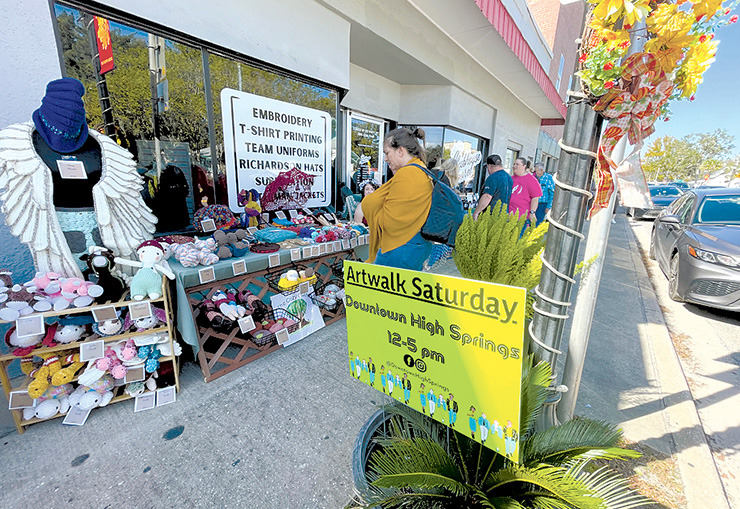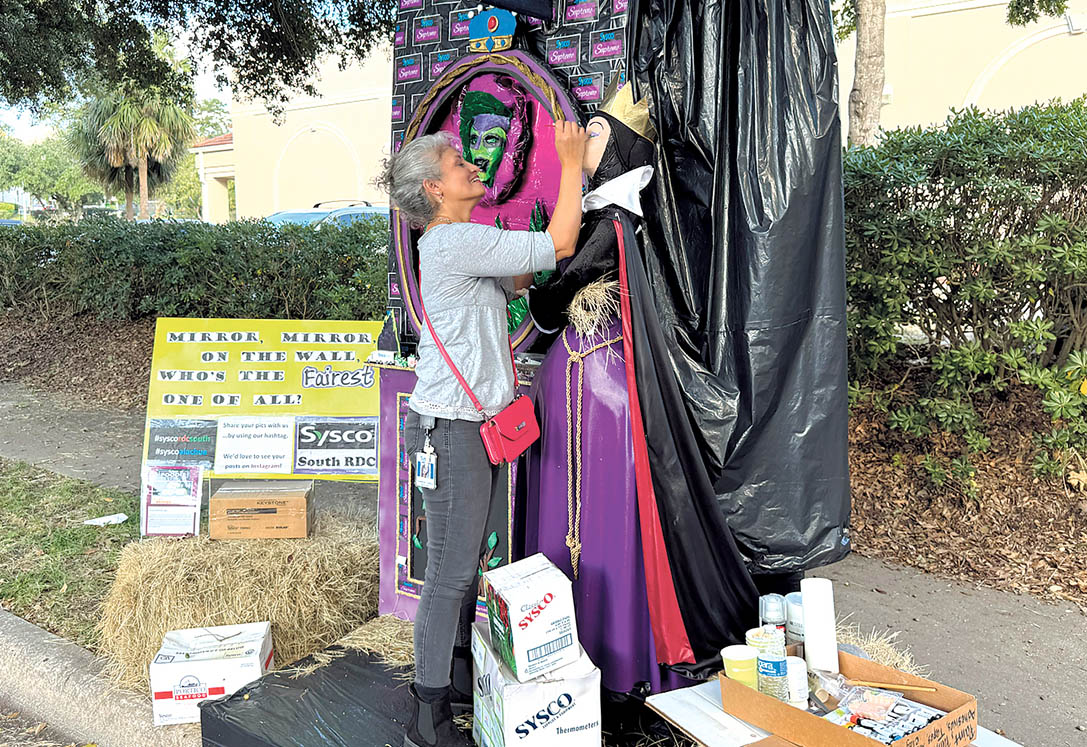There is no legitimate argument for making this change now and sending government further into a black hole and out of the light.
If you haven’t heard, the Florida Legislature is attempting to abolish the requirement that governmental agencies publish legal notices in newspapers, which would push government further into the shadows and make it harder for Floridians to learn about public policy issues, make their voices heard and hold their leaders accountable. This bill, HB 7 is scheduled to be heard by the full House on Tuesday.
First off, this bill flips public notice on its head by reducing government transparency. Simply put, putting legal notices on government websites means very few Florida citizens will ever read them. Public notice along with public meetings and public records have been part of our nation’s commitment to open government since the founding of the Republic. Our Founders placed public notices in newspapers to be noticed.
Secondly, from the perspective of efficient use of technology, I believe the bill takes a step backwards by placing these notices on government websites.
The Florida Press Association has a comprehensive website which aggregates and places all of the notices under one umbrella – it’s called floridapublicnotices.com. We have invested hundreds of thousands of dollars building this website to serve Florida’s state government as well as its towns, municipalities, businesses and taxpayers. To date, we have over 32,000 registered users and over 70,000 monthly page views in addition to the notices in the newspapers and their websites. And, it’s free for the public to use. Why re-invent the wheel now?
If this bill is passed, city and county governments will be required to recreate the same infrastructure currently in place to make notices easily searchable, mobile friendly, and provide email notification upon request of a specific notice (which newspapers do today), that recreation will not be cheap. In fact, the promised savings may not be there. Nor will the audience, without a major investment in marketing to direct our citizens to what would be hundreds of government websites.
Further, the bill has the impact of significantly reducing notice.
Despite what you read and hear, newspapers or should I say, media companies are alive and well. Our weekly newspapers are growing, and our dailies are growing digital subscriptions and page views. In some cases, double-digit online growth.
Newspapers in Florida alone are reaching 7.5 million readers in any given week, and our websites typically will reach more audience than most city or county websites. Our websites draw a minimum of 58 million unique online users in any given month.
By moving notices to less-frequently visited government websites, not only will you reduce the reach to the Florida public, you also lose the active and well-informed citizen. These are people who read often and find notices while they’re staying current with other community news.
Finally, while this bill claims to save cities and counties money, the unintended consequence is that notices will lose both readership and the legally important third-party verification.
With notices in newspapers -- in print and online -- it provides a verifiable public record through sworn required affidavits of publication. Does the government really want to take on this responsibility of residents not being properly notified?
In closing, 250 years ago our founders decided to place these public notices in a public forum -- newspapers – an open space where The People were most likely to see them… not on hundreds of different government sites hoping folks will find them.
Let’s keep Florida transparent and informed. Please feel free to call your local legislator to share your voice before it’s too late.
Jim Fogler is the President & CEO Florida Press Service
336 E. College Ave. Suite 304, Tallahassee, FL 32301
Add a comment
















 Everyone taking prescription medications should be aware of essential safety practices. Here are six tips to help ensure you are taking your medicine correctly and safely:
Everyone taking prescription medications should be aware of essential safety practices. Here are six tips to help ensure you are taking your medicine correctly and safely:

